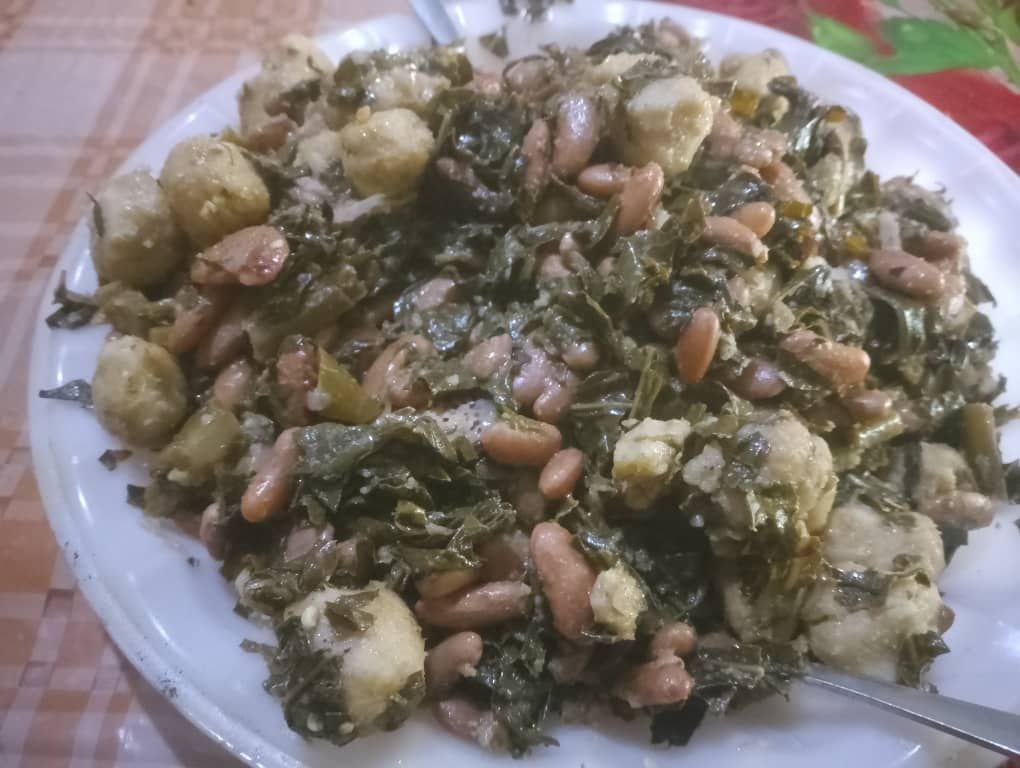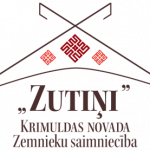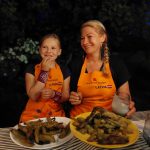In this fourth “Behind the Seeds” interview in “Terra Madre”, the international Slow Food convention in Torino, we interviewed Amanuel Samuel, from Ethiopia. He introduced us to Ethiopian regional beans, such as big white beans, his favourite legume, a climbing bean that grows on a structure installed by the farmer, but also his favourite dish: Kurkufa (fagioli and corn powder).
In this video, we invite you to discover the story of the Ethiopian beans.

Amanuel Samuel and GPDA
Amanuel works in agroforestry, sustainable agriculture, soil and water conservation. At GPDA, he supports small scale farmers in farm yield productivity, rehabilitation of degraded lands and introducing agroforestry economy for farmers.
They have a small garden of around 1000 m2 near their office, with different varieties of legumes. Moreover, they also have an 80 hectare agroforestry training center and 16 farmer training centers in different parts of the district with legume farms. They collect those seeds for their seed saving and multiplication for next sowing seasons.
In their project they are collecting legume and pulse seeds in different farmers training centers. They are very challenged with seed saving glasses.

Adenguare / አደንጓሬ : the white beans
Amanuel knows different names in different languages to talk about beans. In amharic, they say “adenguare” to talk about the white beans he introduces to us in the video.
The white beans and lentils are his favorite legumes. They are tasty and part of their staple foods in their traditional foods, such as ‘injera be wot’ and others.

Kurkufa: Amanuel’s favourite beans dish
“We eat local traditional foods every day with my family. Among the foods that we eat, one is injera, kurkufa and fosese which is a mix of teff, maize and wheat powder with legumes. The taste I experienced is very delicious and appetizing.”
In amharic, the name of the dish is Kurkufa / ኩርኩፋ.


Amanuel’s instructions: “First we add water to a pot to cook the pulse. If the pulse is fresh, we can add it directly on top of unboiled water…. or we soak the pulse before cooking. Once the pulse is cooked, we add some cabbage and other ingredients like chilli, salt, edible oil and other spices. Finally, we take the corn soil and mix it with water to make it more moist and easy to make something round as you see in the picture. Then we wait a few minutes until it is cooked.
Ingredients
- Kale
- Water 6 cups
- Chopped onion 1(small)
- Chopped Leek 1/4 cup
- Olive Oil 2 tbsp
- Mashed garlic 1 tsp
- Mashed ginger 1/4 tsp
- Corn flour 1 cup
- Teff flour 1/2 cup
- White pepper 1/4 tsp
- Salt 1/2 tsp
- Black cardamom powder 1/4 tsp
You can see a Youtube video of the traditional recipe here. Add cooked white beans towards the end, to make the enhanced version Amanuel is talking about!





